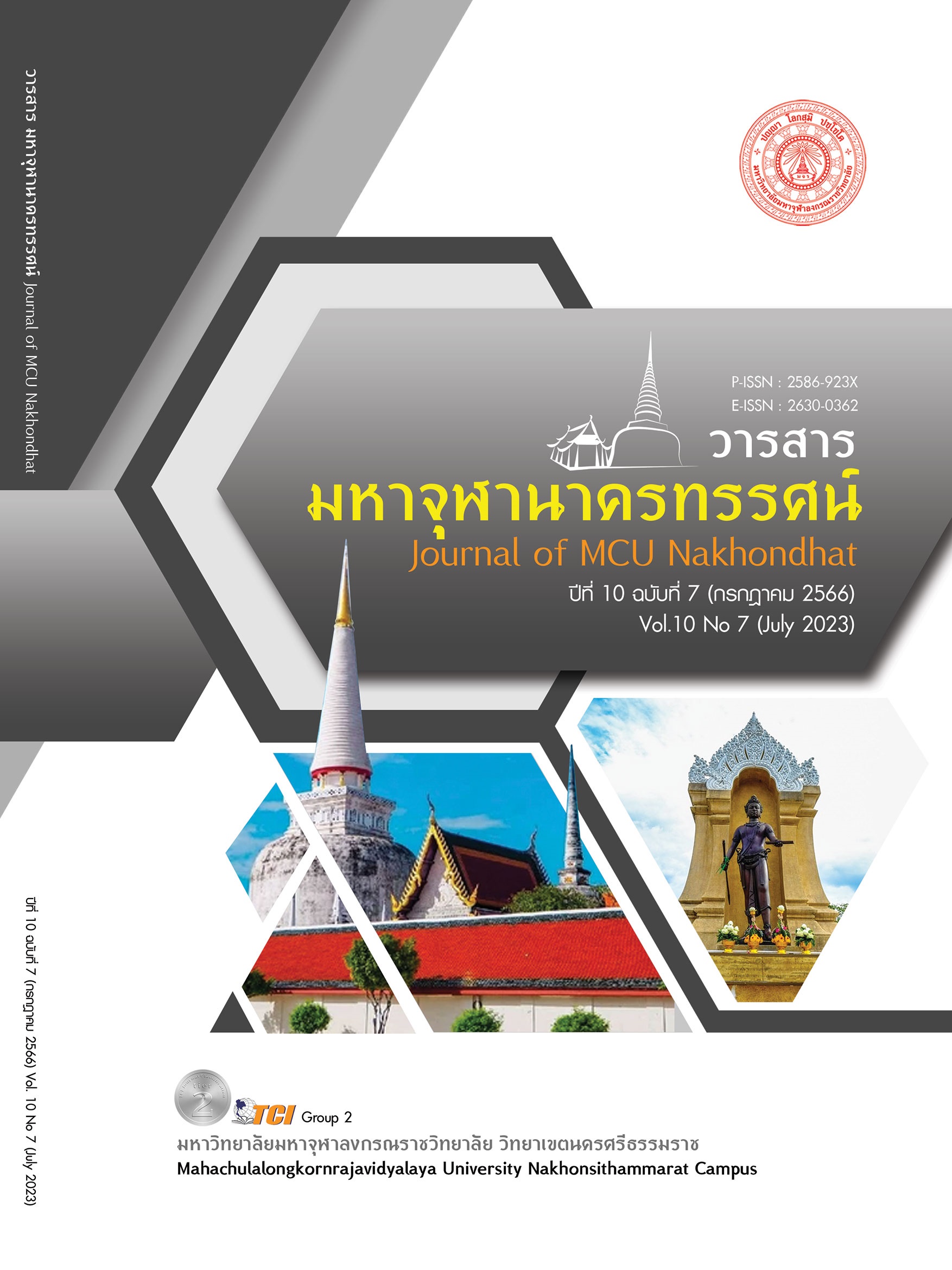THE EFFECT OF SEPSIS GUIDELINE FOR PATIENTS WITH SEPSIS IN KOH SAMUI HOSPITAL
Main Article Content
Abstract
Severe sepsis results in increased patient mortality, therefore is important public health problems in Thailand. Objectives of this descriptive research were to study the effect of sepsis guideline for patients with sepsis for shock, mortality and length of stay in hospital. The effect of using the guideline and the satisfaction of professional nurses on the use of the guideline in caring for patients with sepsis in Koh Samui Hospital. Research instruments as a guideline for managing sepsis patients, individual patient record forms, a survey of professional nurses in practice and their satisfaction with the implementation of the guideline. The content validity index was 1.0. Three -month period of the study research. Data were analyzed using descriptive statistics, such as number and percentage, and inferential statistics with the Chi -Square test. The results of the research revealed that, the mortality rate after implementing the guideline decreased from 42.0% to 18.1%. Professional nurses use the practice guidelines consistently and mainly to assess breathing and administration of antibiotics within 1 hour after diagnosis 98.7%, followed by consciousness assessment and recording urine output urine > 0.5ml/kg/hr. 97.3% and Blood cultures before administering antibiotics 96%. Professional nurses were satisfied with use the guideline, to take care of patients according to professional standards, there is a comprehensive content that can be used as a guideline for taking care of patients. And reduce the death of patients with sepsis.
Article Details

This work is licensed under a Creative Commons Attribution-NonCommercial-NoDerivatives 4.0 International License.
References
กระทรวงสาธารณสุข. (2564). อัตราตายผู้ป่วยติดเชื้อในกระแสเลือดแบบรุนแรงชนิด community -acquired. เรียกใช้เมื่อ 25 กันยายน 2565 จากhttp://healthkpi.moph.go.th/kpi2/kpi/index/?id=1448
กองยุทธศาสตร์และแผนงาน สํานักงานปลัดกระทรวงสาธารณสุข. (2565). รายละเอียด ตัวชี้วัดกระทรวงสาธารณสุข ประจําปีงบประมาณ พ.ศ. 2565. เรียกใช้เมื่อ 25 กันยายน 2565 จาก https://www.snmri.go.th/wp -content/uploads/2021/11/รายละเอียดตัวชี้วัด -2565.pdf
ขะธิณยา ศรีแก้ว. (2564 ). ผลลัพธ์ของการพัฒนาการดูแลผู้ป่วยติดเชื้อในกระแสเลือด งานผู้ป่วยใน โรงพยาบาลด่านขุนทด จังหวัดนครราชสีมา. วารสารการพยาบาลสุขภาพและการศึกษา, 4(1), 29 -40.
งานทีมนำทางคลินิกอายุรกรรม โรงพยาบาลเกาะสมุย. (2564). ข้อมูลรายงานการติดเชื้อในกระแสเลือด. จังหวัดสุราษฎร์ธานี: โรงพยาบาลเกาะสมุย.
ฑิตยา วาระนัง. (2562). ผลลัพธ์ของการใช้แนวปฏิบัติการดูแลผู้ป่วยที่มีภาวะติดเชื้อในกระแสโลหิต โรงพยาบาลฝาง จังหวัดเชียงใหม่. เชียงรายเวชสาร, 11(2), 1 -8.
เนตรญา วโรจวานิช. (2561). ประสิทธิผลการใช้แนวปฏิบัติทางการพยาบาลการดูแลผู้ป่วยติดเชื้อในกระแสเลือด. วารสารการพยาบาลและสุขภาพ, 12(1), 84 -93.
ประกาศิต เทนสิทธิ์ และคณะ. (2563). ปัจจัยที่มีผลต่อการเสียชีวิตเร็วและช้าในผู้ป่วยติดเชื้อในกระแสเลือด. วารสารการแพทย์โรงพยาบาลบุรีรัมย์ศรีสะเกษ สุรินทร์ บุรีรัมย์, 35(1), 101 -109.
ประไพพรรณ ฉายรัตน์และสุพัฒศิริ ทศพรพิทักษ์กุล. (2560). ประสิทธิผลของรูปแบบการพยาบาลผู้ป่วยที่มี ภาวะติดเชื้อในกระแสโลหิต. Journal of Nursing and Health Care, 35(3), 224 -231.
สำนักตรวจราชการกระทรวงสาธารณสุข. (2560). KPI 3 อัตราตายผู้ป่วยติดเชื้อในกระแสเลือดแบบรุนแรง แผนการตรวจราชการ กระทรวงสาธารณสุข ประจำปีงบประมาณ พ.ศ. 2561. เรียกใช้เมื่อ 25 กันยายน 2565 จาก http://healthkpi.moph.go.th/kpi2/kpi -list/view/?id=1448
Amland, R. C., & Hahn -Cover, K. E. (2016). Clinical decision support for early recognition of sepsis. American Journal of Medical Quality, 31(2), 103 -110.
Dellinger, R. P. et al. (2013). Surviving Sepsis Campaign international guidelines for management of severe sepsis and septic shock 2012. Intensive Care Med, 41(2), 165 -228.
Makic, M. B. F. & Bridges, E. (2018). Managing Sepsis and Septic Shock: Current Guidelines and Definitions. The American journal of nursing, 118(2), 34 -39.
Singer M, Deutschman CS, Seymour CW, et al. (2016). The third international consensus definitions for sepsis and septic shock (Sepsis -3). Jama, 315(8), 801 -810.
World Health Organization. (2020). Global report on the epidemiology and burden of sepsis: current evidence, identifying gaps and future directions. Retrieved September 25, 2022, from https://www.who.int/publications/i/item/9789240010789


